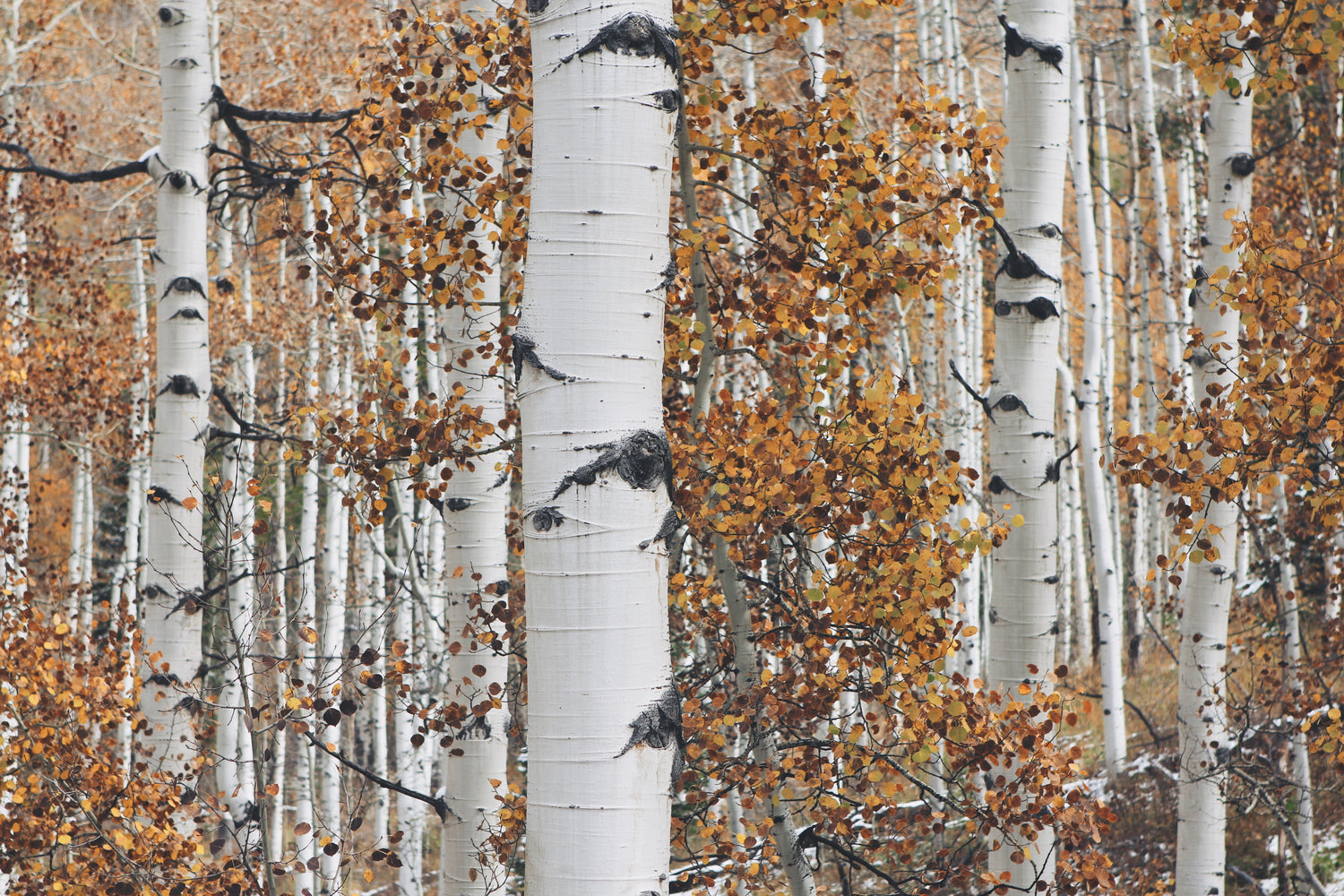Birch Wood
-
Birch is a native hardwood that comes from the genus Betula. There are over a dozen species of birch trees native to North America, but the most common are white birch, yellow birch, and black birch. Yellow birch and white birch are the two most commonly found in woodworking.
-
Characteristics of Ash Wood
- Color: Pale white to reddish-brown or yellow
- Source: Yellow Birch Tree (Betula alleghaniensis Britt.)
- Durability: 1,260 lbf (5,600 N) on the Janka scale
- Cost: $3-6 per board foot
- Common Uses: Plywood, Crates, Toothpicks, Shelving
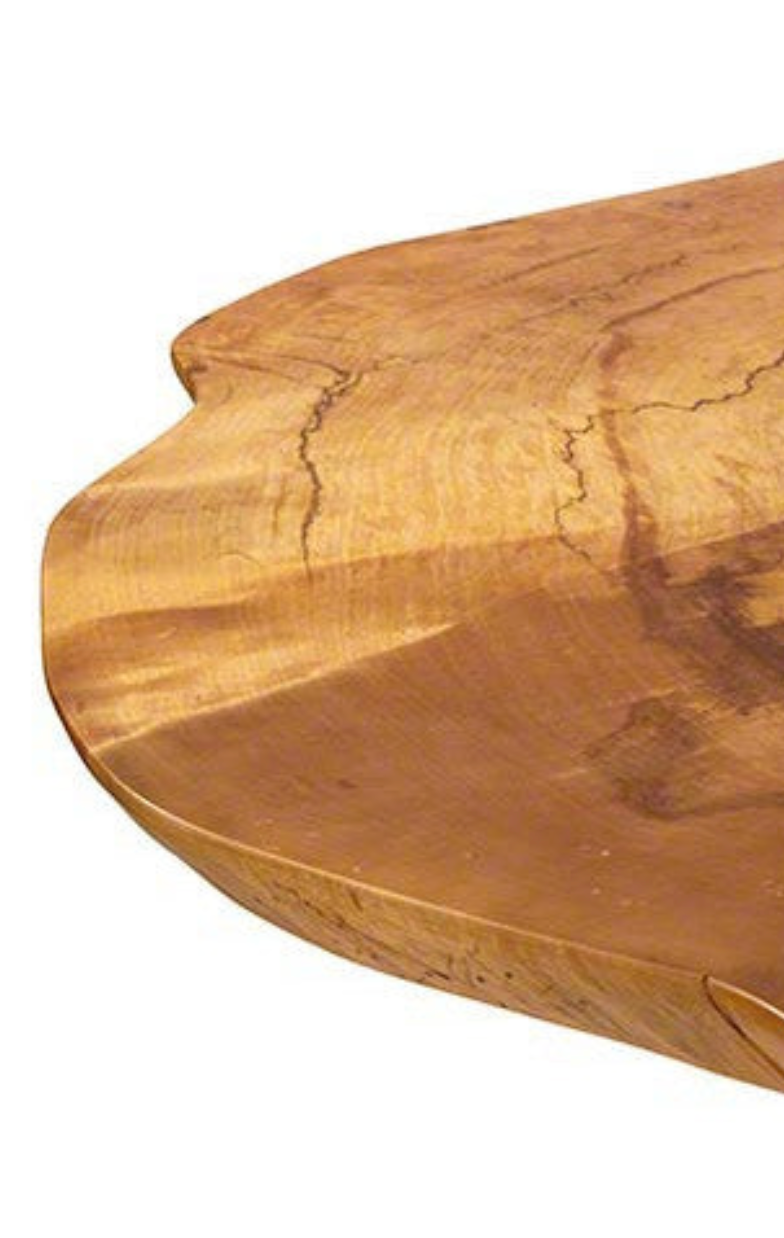
What Color is Birch Wood?
The most prized part of the tree where birch is concerned is the sapwood or outermost section of the tree. Its usually more of a creamy white, but can be almost a pure white in some cases. It develops a yellowish-red tint with age. The innermost portion, or the heartwood, also gets some use. Its more of a reddish-brown.
Common Uses for Birch Wood
Yellow birch wood has many uses. Its one of the more robust varieties, which is why it was initially used in furniture. Nowadays, yellow birch wood is mostly used for utilitarian purposes. Its still incorporated into furniture because its strong, but typically only in parts that are not seen, such as the frame of an upholstered chair or in shelving.
- Wooden crates and boxes
- Plywood
- Gun stocks
- Flooring
- Musical instruments
- Butcher blocks
- Cabinets
- Specialty furniture
- Wood bowls
Its also worth noting that the trees have other uses. For example, they produce a sap which can be made into syrup. Its not quite as sweet as maple, but it has a following none-the-less. The papery bark gets used as kindling too. Although the wood, itself, doesnt burn easily, the bark works well to get fires burning and will even ignite while wet. Oil of wintergreen can be distilled from the bark as well.
What Does the Grain Pattern of Birch Wood Look Like?
Birch wood is typically straight-grained with a fine and even texture, though some pieces have more of a wavy grain and others may possess a curl quite like cherry.
Is Birch a Hardwood or Softwood?
The term hardwood refers to wood which comes from a dicot tree, such as a broadleaf variety, while the term softwood means the wood comes from a gymnosperm, such as a needle variety. It doesnt necessarily relate to how durable the wood is, but its often an indicator.
Those familiar with what a birch tree looks like can then easily identify it as a dicot or hardwood based on its leaves. Others in the same group include cherry, oak, walnut, and maple. On the flip side, options like fir, cedar, and pine, have needles. Theyre gymnosperm trees, and thus are softwoods.
-
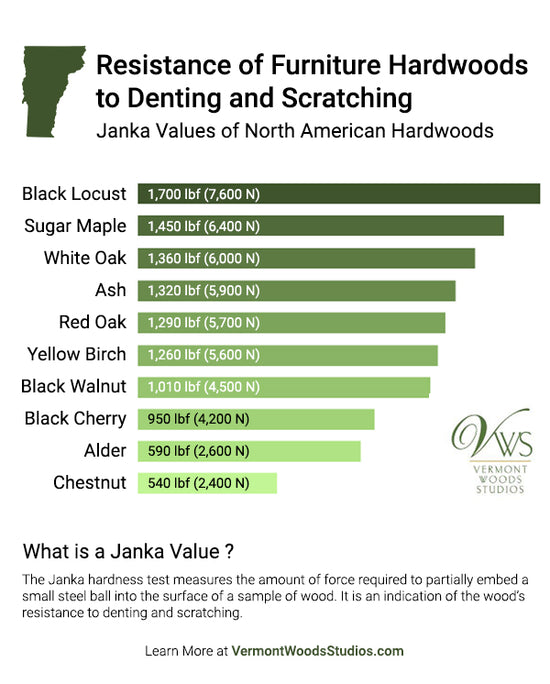
-
How Dense/Hard is Birch Wood?
To identify the actual hardness or durability of any given wood type, wood is assessed on the Janka Scale. During a Janka Test, a small metal ball is pressed into the wood until its halfway embedded. The amount of force needed to do so is recorded and the wood will then have a pounds of force rating or Janka value.
How Can I Tell if the Furniture I Have is Birch Wood?
Particularly where the light sapwood is concerned, yellow birch wood has a unique color that makes it a bit easier to distinguish. The lack of luster is often a dead giveaway too. When these features are paired with a wavy or curl grain, it becomes even more apparent.
The difficulty, however, is that yellow birch wood is not an expensive wood, so chances are nobody is going to try to pass off another wood type as being birch. The inverse is not necessarily true, so its always better to get wood furniture straight from the craftsman or a reputable retailer to ensure authenticity.
Can Birch Wood Furniture Go Outside?
Its never a good idea to put solid wood outdoors. Even if it does have a protective coating, the elements will eventually cause damage and maintaining pieces requires a considerable amount of time. When it comes to yellow birch wood, its even more important to keep it indoors. It is highly-susceptible to rot and infestation.
Those hoping to create a comfortable outdoor living space would do much better with a wood-look product, such as the Polywood collection offered by Vermont Woods Studios. While it has the appearance and feel of natural wood, its actually made of all-weather recycled high-density plastic. This means it can withstand the elements without any maintenance. Were so confident it will last and maintain its beauty that we offer a lifetime quality guarantee.
Is Birch Wood Eco-Friendly? Are Birch Trees Endangered?
Yellow birch trees fall into the lowest-risk endangerment category. The species, as a whole, is secure. However, the state of Illinois considers it to be endangered, meaning their yellow birch counts are dwindling. This is not seen in other parts of the country.
Beyond this, its safe to consider birch wood to be eco-friendly. The trees grow in abundance throughout North America and, in choosing any kind of local robust natural wood product, consumers are preventing junk furniture from winding up in landfills and minimizing their carbon footprint.
What to Look For When Purchasing Birch Wood Furniture
Again, most craftsmen have moved away from using birch wood because other wood types can deliver similar coloring or grain patterns. However, those searching for natural wood furniture of any type should always look for the following:
- Authenticity: Is it solid yellow birch wood as opposed to a veneer?
- Craftsmanship: Is the piece built well?
- Quality: Does it come with a lifetime quality guarantee?
- Eco-Friendliness: Is the wood sustainably-sourced, ideally from a local producer?
Read More on the Blog
-
10 Cool Facts You Didn't Know About Trees
Read MoreAt Vermont Wood Studios, there is no denying it; we love trees. The business was actually founded on Peggy’s passion for forest conservation.
-
5 Wood Sourcing Certifications
Read MoreSustainable wood sourcing is essential to protecting forests and conserving resources for future generations. By understanding what each designation stands for, you can make informed decisions when purchasing.
-
FSC Certified Wood: Everything You Need to Know
Read MoreSupporters of the sustainable American-made furniture movement prefer the use of domestic wood over the use of imported FSC certified wood.
-
Wood Furniture Buyer's Guide
Read MoreShopping online for high quality wood furniture requires some research. After all, fine furniture is a big investment.
-
5 Exotic Hardwoods to Avoid & Why
Read MoreWood is generally an earth friendly material because it is renewable, meaning it grows back and isn’t finite like oil, metals, or even rock. But not all species of wood are inherently sustainable.
Other Types of Wood Species
-
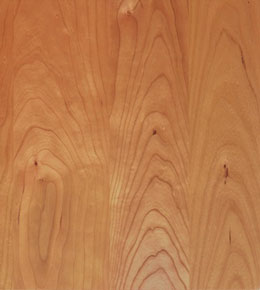
Cherry Wood
More About Cherry -
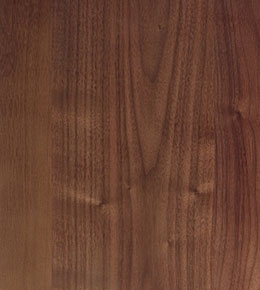
Walnut Wood
More About Walnut -
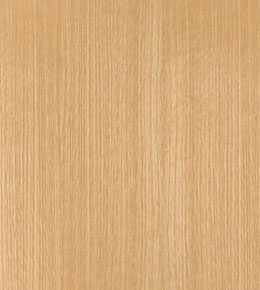
Oak Wood
More About Oak -
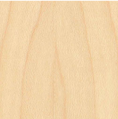
Maple Wood
More About Maple

